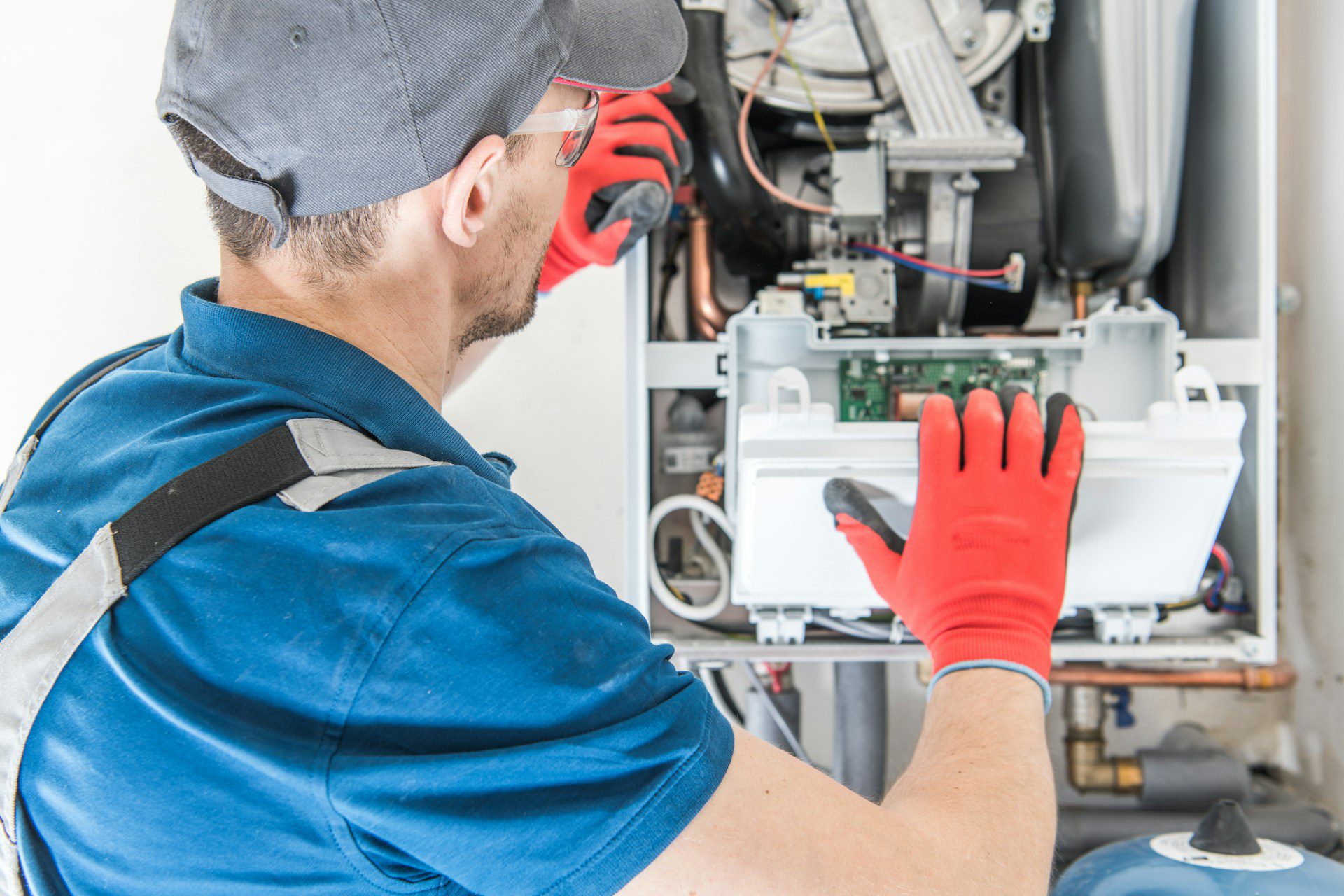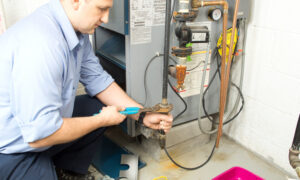As the first chill of autumn arrives, our thoughts turn to the comfort and warmth of our homes. For many homeowners, this is the time of year they face the major decision of replacing their old, inefficient furnace. It’s a significant investment in your home’s comfort and safety, and the quality of the installation is even more important than the brand of the furnace you choose.
But the process of installing a modern, high-efficiency furnace is a world away from the simple “box swap” of the past. It’s a high-tech job that relies on a suite of sophisticated digital tools to ensure the system is sized, installed, and calibrated for optimal performance. A professional furnace installation is a technology-driven service. This technology is what separates a true, modern professional from an old-school amateur.
Here’s a look at the key technologies a great HVAC company uses to ensure your new furnace is installed perfectly.
Load Calculation Software
The single most important step in any new furnace installation happens before a single wrench is turned. It’s the process of correctly sizing the new furnace for your home’s unique needs. A furnace that is too small will struggle to keep your house warm on the coldest days. A furnace that is too big—a much more common mistake—will “short-cycle” on and off, wasting energy, causing excessive wear and tear, and creating uncomfortable temperature swings.
A professional contractor doesn’t guess at this. They use specialized software to perform a detailed “Manual J” load calculation. This software creates a digital blueprint of your home’s heating needs, taking into account dozens of factors including the square footage and layout of your home, the number and quality of your windows, the amount of insulation in your walls and attic, and the specific climate data for your region.
This data-driven approach is the only way to be certain you are getting a furnace that is the perfect size. Proper sizing is critical for efficiency.
Digital Combustion Analyzer
This is one of the most critical pieces of technology for your family’s safety. A gas furnace works by burning fuel, and a byproduct of this combustion is carbon monoxide (CO), an odorless, colorless, and deadly gas. After your new furnace is installed, a technician must verify that it is burning cleanly and safely, and that all of the exhaust gases are being vented properly.
To do this, a professional uses a digital combustion analyzer. This is a handheld device with a probe that is inserted into the furnace’s exhaust flue. It provides a precise, real-time analysis of the exhaust gases, measuring the levels of carbon monoxide, oxygen, and carbon dioxide. This is the only way to be 100% certain that your furnace is operating safely and at its peak efficiency.
Digital Manometer
For a gas furnace to operate safely and efficiently, the gas pressure being delivered to the unit must be set to the manufacturer’s exact specifications. If the pressure is too low, the furnace may not light reliably. If the pressure is too high, it can cause the furnace to run too hot, which can be a fire hazard and can lead to a cracked heat exchanger.
A professional technician uses a digital manometer to measure this pressure with incredible precision. This allows them to make the fine-tuned adjustments that are needed to ensure your furnace is burning fuel at the exact, correct rate.
Smart Thermostat
The final step is to connect the “brain” of your new system. A high-efficiency furnace is often paired with a smart thermostat. A professional installation is about more than just connecting a couple of wires.
A great technician will take the time to properly program the new thermostat and ensure it is communicating correctly with the furnace. The process also involves connecting the thermostat to your home’s Wi-Fi network. A technician will also help you install the mobile app on your smartphone and walk you through how to use its basic features, like setting a schedule.
Installing a new furnace is a high-stakes, high-tech job. The presence of these modern, digital tools is a clear sign that you are working with a true professional who is deeply committed to the safety, efficiency, and long-term performance of your new system.



































